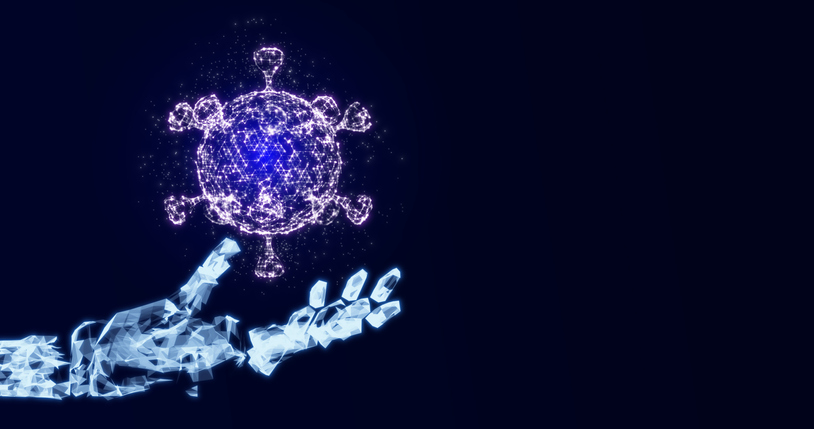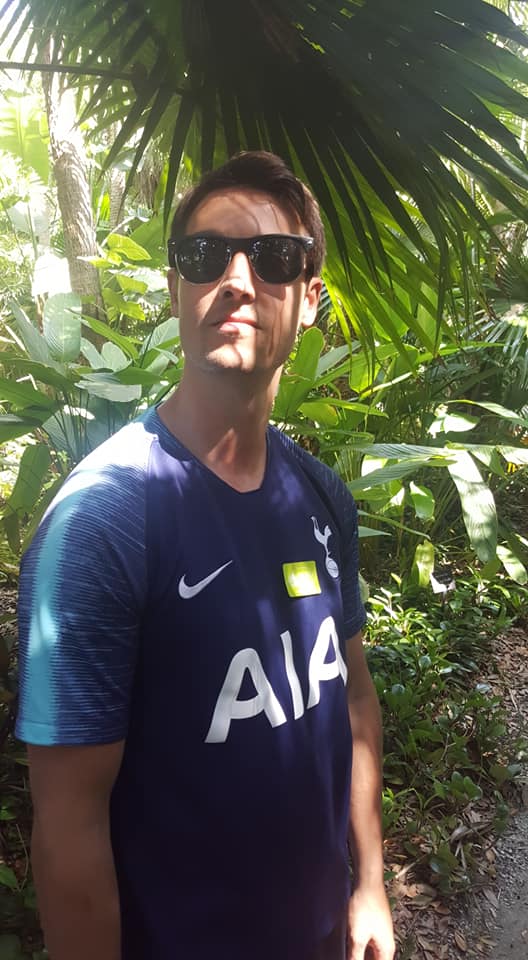Artificial intelligence is being utilized in almost every piece of tech these days. Machine learning
and computer vision are making self-driving cars and robot assistants a reality.
But AI is more than just a tool for convenience and robotic friendship. Some of the most remarkable advances attributed to AI are in the healthcare field, and more applications for the novel technology are being pursued every day.
Novel Technology for a Novel Virus
COVID-19 forced scientists and researchers in medical science to find innovative solutions at a rapid pace. Operation Warp Speed, a collaboration between the U.S. government and private companies to facilitate and accelerate the development, manufacturing and distribution of COVID-19 vaccines, was aptly named. Less than 12 months from the identification of the SARS-CoV-2 pathogen, a vaccine was developed.
The speed of the rollout can be attributed in large part to the technology implemented in its development process. Messenger RNA, viral vectors, and spike protein technology played the biggest role, but AI aided in creating a model for the vaccine.
Researchers used natural language processing models, a sub-branch of AI, to understand the virus’ structure to predict which immune response a potential treatment would trigger. This is how the vaccine method and what its contents would be were determined.
Blockchain’s Role in Tracing
Identifying virus origins and targeting early outbreaks before they spread to a global scale are crucial procedures in preventing the spread of another coronavirus and subsequent pandemic.
Blockchain tracking technology can help health organizations and local governments stop outbreaks at the source, minimizing the need for widespread lockdowns that disrupt daily life and hinder the perpetual motion of the economy.
Early warning systems require swift identification of the starting point of a virus. Early COVID infections were traced back to retailers or shoppers at the Huanan Seafood Market of Wuhan, China. However, the tracing process was slow and required multiple strategies to implement. Metric tons of food cross geographical borders on a daily basis, so tracing infections back to a source can be logistically difficult and time-consuming.
Through the blockchain, analysts can track monetary transactions back to markets where infected animals are sold and discern where, and from what source, a virus initially spread.
AI Analytics
More data mean more solutions. Preventing the spread of disease requires real-time information and analytics. Advances in big data analytics through AI are revolutionizing how data are collected in health emergencies like COVID-19. AI algorithms can sift through data collected from smart devices, bench-top analyzers, and hospital or pharmacy records to create a comprehensive network of relevant data for scientists to analyze. The amount of time it would take humans to collect and sort through that extent of raw data would render the information almost useless, as a virus could have already spread to other regions and mutated into new variants.
With a network of virus-detection sensors powered by AI and location tracking technology, local advisories and quarantines can be implemented quicker and with more accuracy, saving lives and alerting nearby regions of infections.
AI’s Role in T Cell Mapping
AI models can improve current vaccines and provide the building blocks to create new ones by targeting previously unmapped T cells.
Immune defense works by using white blood cells to identify pathogens in the body and mount a defense reaction against them. The immune system then stores information on previously encountered pathogens like a biological record-keeping book.
White blood cells, or lymphocytes, contain B cells that produce antibodies against pathogens, and T cells that destroy the targets. T cells target viruses by locking onto surface proteins on virus cells and destroying them.
The problem for scientists when creating effective vaccines is finding which T cells lock onto which proteins.
“An individual is estimated to carry more different T cell keys than there are stars in the Milky Way,” according to Medical Life Sciences News.
A new AI model developed by researchers at Aalto University and the University of Helsinki improves current vaccines and provides the building blocks to creating new ones by finding new lock and key combinations of previously unmapped T cells.
“The AI model we created is flexible and is applicable to every possible pathogen — as long as we have enough experimentally produced key-lock pairs,” said Emmi Jokinen, M.Sc. and a Ph.D. student at Aalto University. “For example, we were quickly able to apply our model to coronavirus SARS-CoV-2 when a sufficient number of such pairs were available.”
A Future Without Pandemics
COVID presented unique challenges to everyone. Unprecedented public policies were implemented at varying degrees around the world, scientists were faced with solving a global pandemic with little information to work with and people were cut off from family and friends.
However, the experience gained during the rise of COVID in every sector paired with advances in AI and blockchain technology can facilitate a new understanding of how to combat pandemics. With the current tools at our disposal, novel viruses can be mitigated so the scale of the pandemic will hopefully never be seen again.










